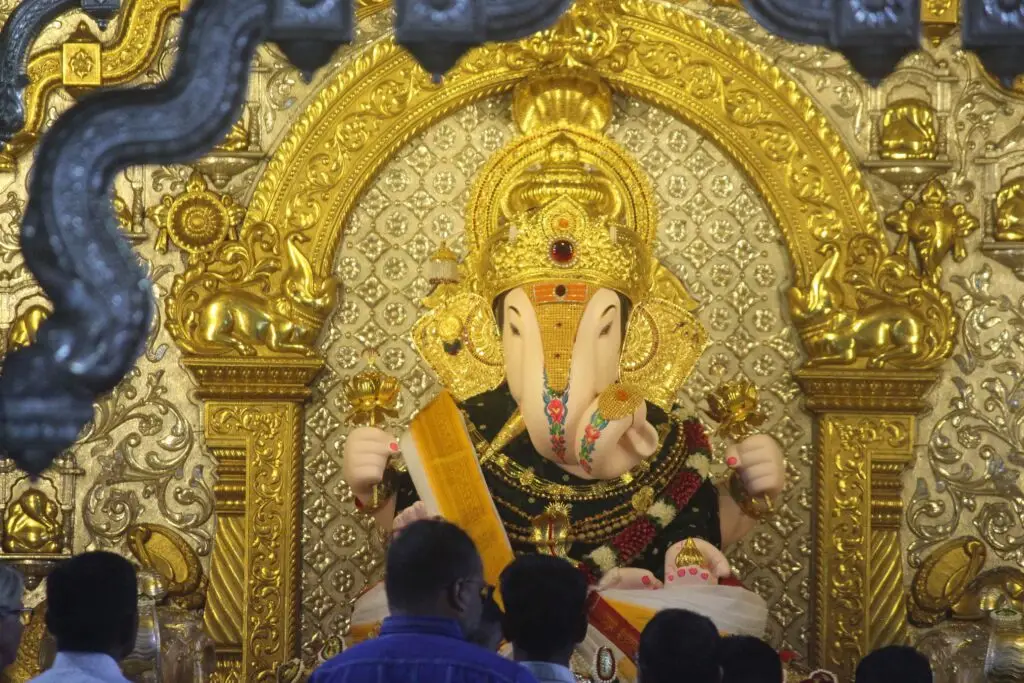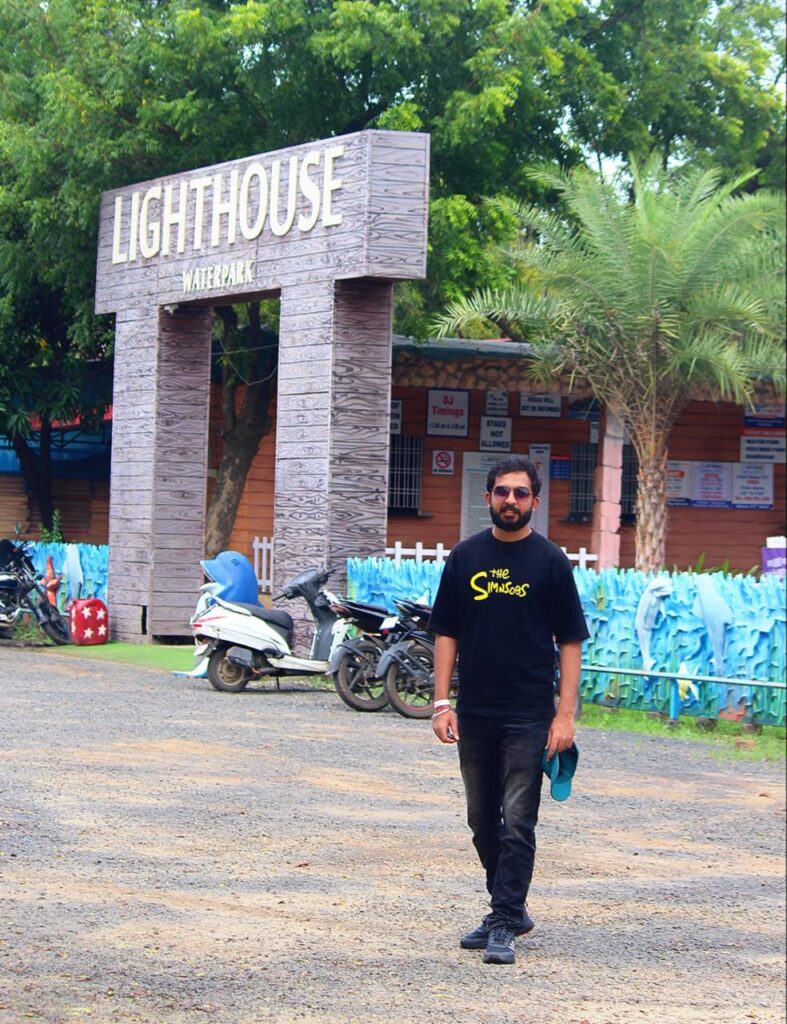The Inspiring Legacy of Dagdusheth Halwai Ganapati Temple

The Dagdusheth Ganpati Pune, nestled in the heart of , Maharashtra, stands as a beacon of devotion, culture, and historical significance. Established in 1893 by Dagdusheth Halwai, a prosperous sweet-maker, the temple has transcended its origins to become one of India’s most iconic religious landmarks. Its history is a tale of grief, faith, and community spirit, intertwined with the country’s socio-political journey.
Origins Rooted in Devotion
Dagdusheth Ganpati Pune, originally known as Dagdusheth Gadve, migrated from Karnataka to Pune and gained prominence as a successful confectioner. Despite his commercial success, tragedy struck when he lost his only son to a devastating plague epidemic in the late 19th century. Overwhelmed with grief, Dagdusheth and his wife sought solace in spiritual guidance from their guru, Shri Madhavnath Maharaj. On the guru’s advice, they constructed a Ganesh temple as a way to find emotional healing and spiritual fulfillment.
The temple’s establishment coincided with a pivotal period in Indian history when public celebrations were emerging as tools for social and political unity. This spiritual endeavor eventually became a symbol of collective devotion and communal harmony.
A Centerpiece of Freedom and Festivities
The temple’s cultural significance took a revolutionary turn with the involvement of Lokmanya Bal Gangadhar Tilak, a close associate of Dagdusheth Halwai. Tilak envisioned the Ganesh festival as more than a religious event. In 1893, inspired by the temple’s popularity, he transformed Ganesh Chaturthi into a public celebration. This initiative was aimed at fostering unity among Indians and galvanizing them against British colonial rule.
Tilak’s vision turned the Dagdusheth Ganpati Pune into a nerve center for the newly conceptualized public Ganeshotsav. The festival became a platform for cultural events, patriotic speeches, and social reforms, setting a precedent for similar celebrations across India.
Architectural and Spiritual Grandeur
The temple’s architectural elegance and the grandeur of its deity contribute significantly to its allure. The idol of Lord Ganesh, about 7.5 feet tall and 4 feet wide, is celebrated for its detailed craftsmanship. Unlike larger idols found in other parts of Maharashtra, the Dagdusheth idol is renowned for its expressive and intricate facial features. Adorned with more than 8 kilograms of gold, the idol reflects both the aesthetic and spiritual aspirations of its devotees.
Daily rituals, such as aarti (worship with lights) and prayers, infuse the temple with an atmosphere of divine serenity. Annual events like the Mango Festival, the Mogra Festival, and the Atharvasheersha recitation further enrich the temple’s spiritual vibrancy
Symbol of Resilience and Generosity
Dagdusheth Halwai not only built a temple but also established a legacy of resilience and generosity. Despite personal losses, he chose to contribute to the well-being of society. The temple’s management reflects his values, with its trust engaging in charitable activities such as education, healthcare, and disaster relief. The trust ensures that the temple continues to serve as a source of inspiration and support for the community.
Evolution into a Global Landmark
Over the years, the Dagdusheth Halwai Ganapati Temple has evolved into a global religious landmark, drawing millions of devotees and tourists annually. Visitors are often awestruck by the temple’s vibrant atmosphere, where faith and festivity coexist. The idol’s visual appeal, combined with the temple’s historical and cultural significance, ensures that it remains a must-visit destination for travelers.
The temple’s influence extends beyond religious boundaries, symbolizing hope, perseverance, and unity. It remains an integral part of Pune’s cultural identity and a living testament to the enduring legacy of faith.
The Modern Ganeshotsav
Today, the Ganesh Chaturthi celebrations at the temple are marked by grandeur and community participation. The festival sees elaborate decorations, devotional music, cultural performances, and an unbroken stream of devotees offering their prayers. The atmosphere during this time is one of joy and togetherness, capturing the essence of Lord Ganesh as a remover of obstacles and a harbinger of prosperity.
The modern Ganeshotsav continues to reflect Tilak’s vision of blending spirituality with nationalism and community engagement. The festival’s impact has transcended the boundaries of Pune, influencing celebrations in other parts of India and the world.
Conclusion
The Dagdusheth Ganpati Pune is more than just a place of worship. It is a symbol of resilience in the face of personal loss, a catalyst for cultural unity, and a beacon of hope for millions. Its history is a poignant reminder of how faith and community can transform adversity into a legacy of inspiration.
As devotees flock to the temple, they not only seek blessings but also become part of a story that blends history, devotion, and a collective spirit. For visitors and devotees alike, the Dagdusheth Halwai Ganapati Temple offers an unparalleled experience of India’s rich cultural and spiritual heritage.


